Introduction
The XLR connector connects the microphone to the XLR cable which sends signal to the speakers. It is critical that the XLR connector of the microphone is working properly for your microphone to work.
Tools
-
-
Using a small flat head screwdriver, gently turn the retaining screw at the bottom of the microphone counterclockwise until it stops or provides resistance.
-
-
-
Plug an XLR cable into the loose connector.
-
While holding the disconnect button down, pull on the cable to remove the connector from the body of the microphone.
-
-
-
Only attempt this step if you have previously soldered inside the microphone. If the pins on the inside of the connector have excess solder on them, take a soldering iron and melt of excess solder.
-
To reassemble your device, follow these instructions in reverse order. After cleaning the connector, your microphone is ready to connect to XLR cables.
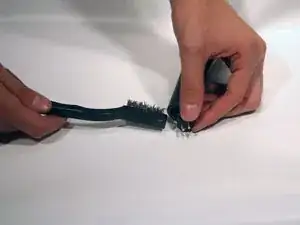
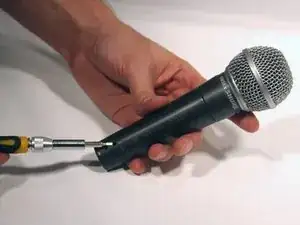
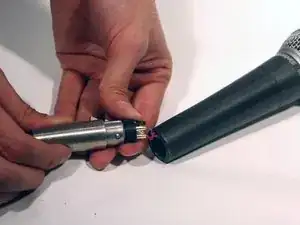
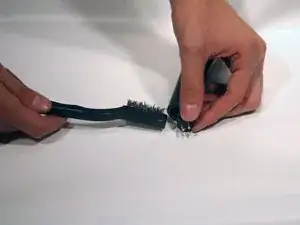
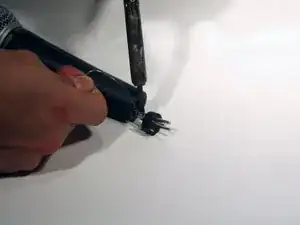
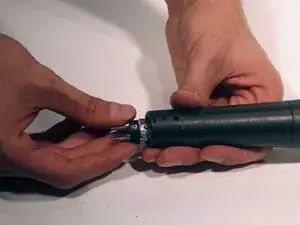
Its an old microphone, I'm not the first owner. The screw keeps going infinite and not enough to the connector to come off. What can I do?
nunoandrade -